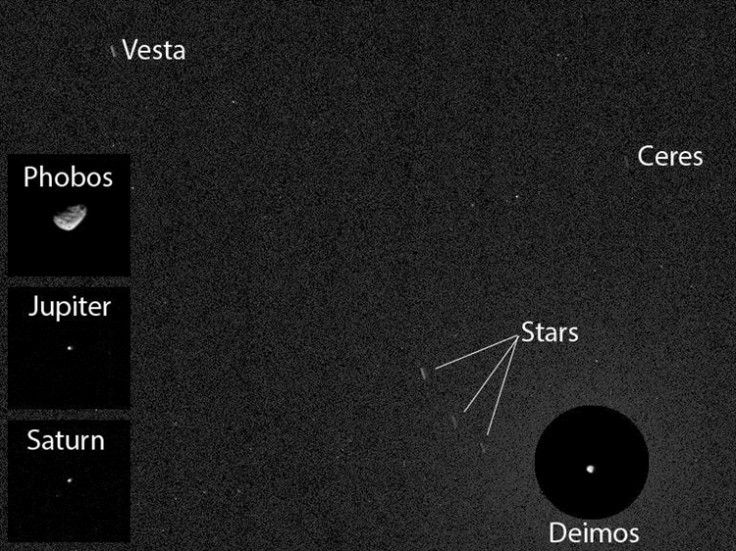Will Earth be hit by an asteroid?
Nasa has discovered 10 potentially hazardous space rocks in the past year.
Scientists at Nasa have discovered more than 100 new space rocks in the last year, with 10 being described as potentially hazardous.
Researchers with the Near Earth Object Wide-Field Infrared Survey Explorer (NEOWISE), the space agency's asteroid unit, claim the programme has been essential in the discovery of space objects.
"NEOWISE is not only discovering previously uncharted asteroids and comets, but it is providing excellent data on many of those already in our catalog," explained Amy Mainzer, NEOWISE's principal investigator.
"It is also providing to be an invaluable tool in the refining and perfecting of techniques for near-Earth object discovery and characterisation by a space-based infrared observatory."
NEOWISE also announced that there has been an unexplained increase in comet activity.
"Comets that have abrupt outbursts are not commonly found, but this may be due more to the sudden nature of the activity rather than their inherent rarity," Emily Kramer, a postdoctoral fellow at Nasa's Jet Propulsion Laboratory and a co-author of the study, said.
Kramer continued: "It is great for astronomers to view and collect cometary data when they find an outburst, but since the activity is so short-lived, we may simply miss them most of the time."
The programme's discovery of potentially dangerous asteroids comes on the heel of another discovery by a group of astronomers from the Astronomical Institute of the Czech Academy of Sciences. The group announced earlier in June that there are asteroid fragments capable of destroying entire countries inside the Taurid meteor shower.
The researchers from the Czech Academy of Sciences said one of the fragments couple possibly hit Earth in 2022, 2025, 2032 or 2039.

"Since asteroids of sizes of tens to hundreds of metres pose a threat to the ground even if they are intrinsically weak, impact hazard increases significantly when the Earth encounters the Taurid new branch every few years," the scientists said.
"Further studies leading to better description of this real source of potentially hazardous objects, which can be large enough to cause significant regional or even continental damage to the Earth, are therefore extremely important."
According to the scientists, there are likely many undetected asteroids hidden within the Taurid meteor shower, with some reaching 990ft in diametre.
Space rocks smaller than around 82ft should burn upon entering Earth's atmosphere, according to Nasa. However, asteroids ranging from 82ft to 3,280ft would cause local damage. Asteroids larger than 3,280ft would cause "worldwide effects".
© Copyright IBTimes 2025. All rights reserved.





















